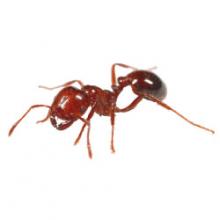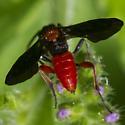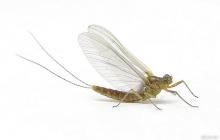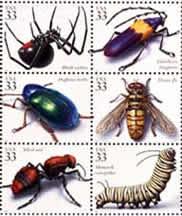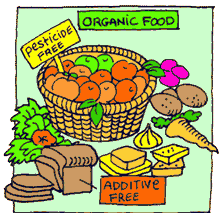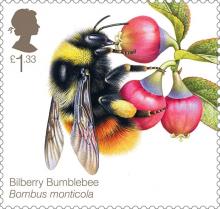Sublethal Effect of Imidacloprid on Solenopsis invicta (Hymenoptera: Formicidae) Feeding, Digging, and Foraging Behavior
In this study, we exposed red imported fire ants, Solenopsis invicta Buren, to sublethal dosages of dietary imidacloprid and investigated its effect on ant feeding, digging, and foraging behavior. S. invicta consumed significantly more sugar water containing 0.01 microgram/ml imidacloprid than untreated sugar water. Ants fed with 0.01 microgram/ml imidacloprid also showed significantly increased digging activity than ants fed with untreated sugar water. However, imidacloprid at 0.25 microgram/ml significantly suppressed sugar water consumption, digging, and foraging behavior. These results indicate that imidacloprid at sublethal concentrations may have a significant and complicated effect on S. invicta.

